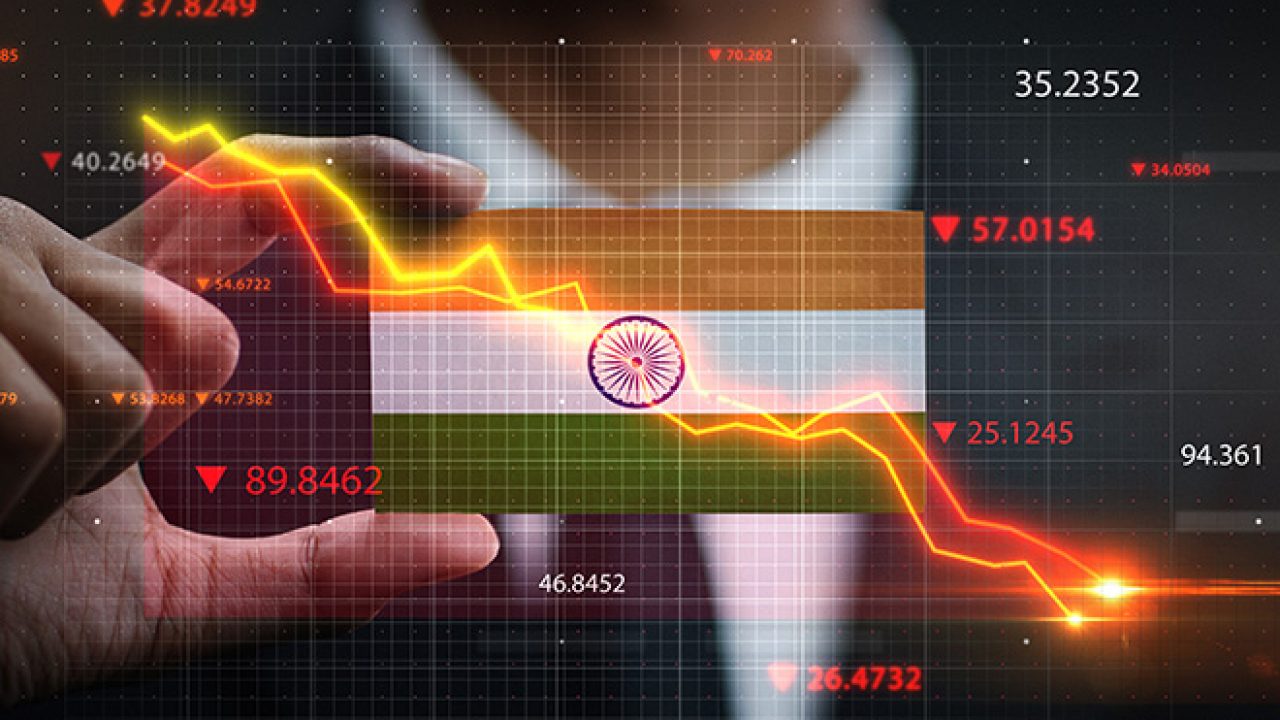A shift in the fundamentals of the Indian economy- witnessing a gloomy economy

Fragile position of the Indian economy
Almost every discussion that we have on the Indian economy brings us to a rather disheartening touchpoint, for we are witnessing a gloomy economy with all the factors disrupted and hassled to their core. While we may dismiss these apprehensions by crediting the short-term economic recovery that takes place after every unlocks, we cannot for a long time overlook the fundamental changes the pandemic has had on the economy. The labor markets, the consumption pattern, the firm behavior, the income inequalities, and the investment perceptions – all of these economic determinants are undergoing a radical change and the economists are going to have a tough time driving it back home.

The Indian economy was already in a fragile position, and any factual information would corroborate this fact. But the shift in fundamentality has been a result of a number of factors, which, opposed to common notion, are not only fixated on the effect that pandemic had. The purpose of the sections that follow is to make sure that we acknowledge these factors and see what stands in front of us.
This comes after the Finance Minister released the post-second wave stimulus package, and while we have already discussed it in detail, we can suffice to say that it is more or less on the same pattern as the first one. Well, to some it may sound like a piece of comforting news while others would have their head between their hands now. These conflicting notions are an aftermath of the short time span we had to assess the impact of economic recovery, as the second wave fell on us. With the predicted advance of the third wave in the coming weeks, a similar story would rewind for this one as well.
However, one thing we can say with certainty is that the stimulus, by definition, did not do the work it was assigned. What I mean by this is the fact that we don’t want to assess the impact of an economic stimulus over a larger period because the purpose of this package is to spur the economy in the short run. If it failed to do it, it wasn’t stimulating in the first place.
It was because as opposed to what the major economies were doing, the large numbers that you saw on your screens when the packages were announced contained only a small portion of financial expenses and a whole lot of credit-led growth. Now that both the new stimulus package is on similar lines, it has, as mentioned before, less financial and more credit led and loan based prospects.
Now, let’s talk about why these aren’t particularly stimulating. Credit-related schemes like the Emergency Credit Line Guarantee scheme and other credit-based ones base their likelihood on the recovery of demand by the time the loans are to be paid or written off. You see the pattern here? They don’t provide much scope for the improvement of demand directly, since the cycle goes through the production side pattern. Now, in normal circumstances, the resultant would be different, but because the fundamentals of the economy have been altered, it doesn’t really get translated to stimulation of the economy.
Let me trace the pattern for you to analyze the aforementioned conclusive statement.
The credit provision to a firm would translate into stimulation of the economy if the firms, in turn, used the money for capital accumulation and demand generation, since these parameters describe the growth pattern of the economy. Data released by state and privately owned banks of the country explain how, despite numerable credit-inducing methods, the credit growth to firms remains at a low. Even though firms are registering profits in their accounts, the amount comes from deleveraging at most times, the opposite of what the economy needs. Understandably, these do not get translated into stimulation of growth.

Another factor to note here is the behavioral alteration in the labor market. With the unemployment rates reaching double-digit highs and sustaining at the levels for quite some time, it disrupts the labor market chain of the economy. If current numbers are to be believed, the labor force participation rate and the job creation spurt have both been less than normal, after the unlock. This is partly due to apprehensions of risk in the future and partly due to the fundamental shifts in the prospects of labor markets due to these pertaining periods of uncertainty. This further aggravates the cause of non-translation into economic stimulation.
The restricted provision of unemployment insurance and unemployment benefits also mitigated any significant contributions that otherwise could be there.
India is primarily a consumption-led economy, meaning that household consumption forms a large part of India’s gross product numbers. Now, uncertainty in terms of income prospects, economic slowdown, unplanned expenditures, loss of saving ad nauseum has led to alterations in consumption behavior, with people’s outlook changing to precautionary motives to save in the current period, achieved via reduced discretionary spending in the mentioned time frame.
This means that a smaller proportion of savings get spent on the economy and more of it is saved. Since firms are not really materializing on credit growth, the economic circular flow remains limited, restricting the scope of stimulation in growth further.

As I mentioned, the Indian economy went through some considerable fundamental shifts during the pandemic and the largest credit-based packages failed to do much for stimulation of the economy. This is exactly why the phrase “everybody becomes a Keynesian when the economy hits a slump” is too prevalent. A direct fiscal stimulus has the ability to ameliorate the harsh movements of fundamentals because they directly impact the behaviors of individuals. For example, unemployment insurance reduces the burden of joblessness, which further leads to a slightly lighter labor market disruption
. Direct benefit transfers or cash benefits help maintain the consumption patterns because they mentally impact household decision-making processes into lesser motives to save. The demand side benefits like advanced installments and purchase at minimum support price in rural India during the first wave serve as proofs of the connotation. The demand being witnessed in the United States has been a corollary of these direct fiscal stimulus transfers only.
So, while we say we did not have enough time to assess the impact these stimulus packages had on the economy, we cannot deny the restricted scope they provided because of all the parameters mentioned above and keeping in view the similar theme of the two, we can expect this one to be on similar lines only. A stimulus while serving its purpose actually has to eventually stimulate the economy, sooner than later.
While we can continue to discuss the what and the how of the economy as and when things evolve, we have to keep in mind this predictive reasoning to compare what could have been done as opposed to what is done.
Edited by Tanish Sachdev




